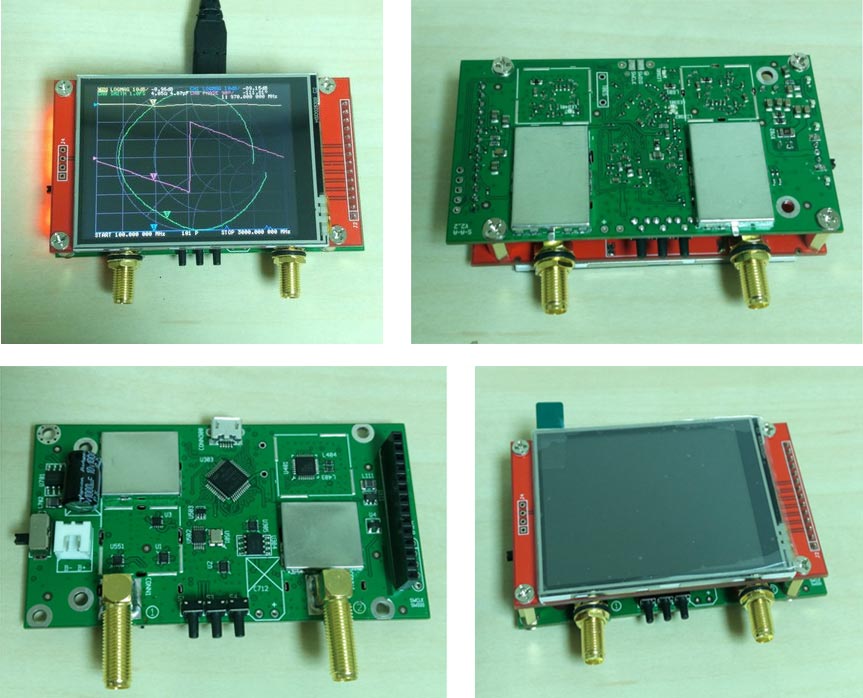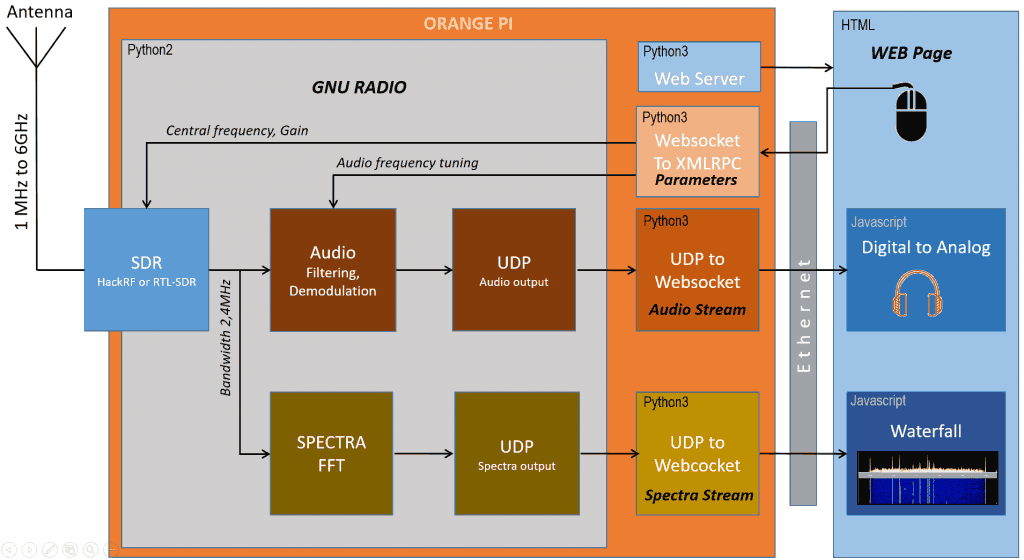DSD (Open Source) with dPMR Decoding and Windows Binaries Released
Digital Speech Decoder (DSD) is an open source program for decoding signals containing digital speech, such as DMR and P25. The open source version has been mostly surpassed in use over the last few years by the closed source DSD+ version. However, work is still ongoing on the open source version, and a recent fork by Louis-Erig HERVE @LouisErigHerve has added support for Digital Private Mobile Radio (dPMR) decoding.
dPMR is an open, non-proprietary trunked radio standard that supports both data and digital voice transmission. A licence free variation for short range communications called dPMR466 uses the 446.1–446.2 MHz band. Other modes allow for efficient peer to peer to peer operation (mode 1), operation with a base station repeater (mode 2), or with a trunking signal (mode 3). All dPMR signals operate in FDMA mode with an efficient bandwidth of only 6.25 kHz. dPMR is also known as Icom IDAS and Kenwood NEXEDGE.
Code for Louis-Erig's DSD fork can be found on his GitHub, and he has also released binaries for Windows on his website. Over on his Twitter he has also been mentioning that he has been able to get around the basic privacy modes on DMR.


